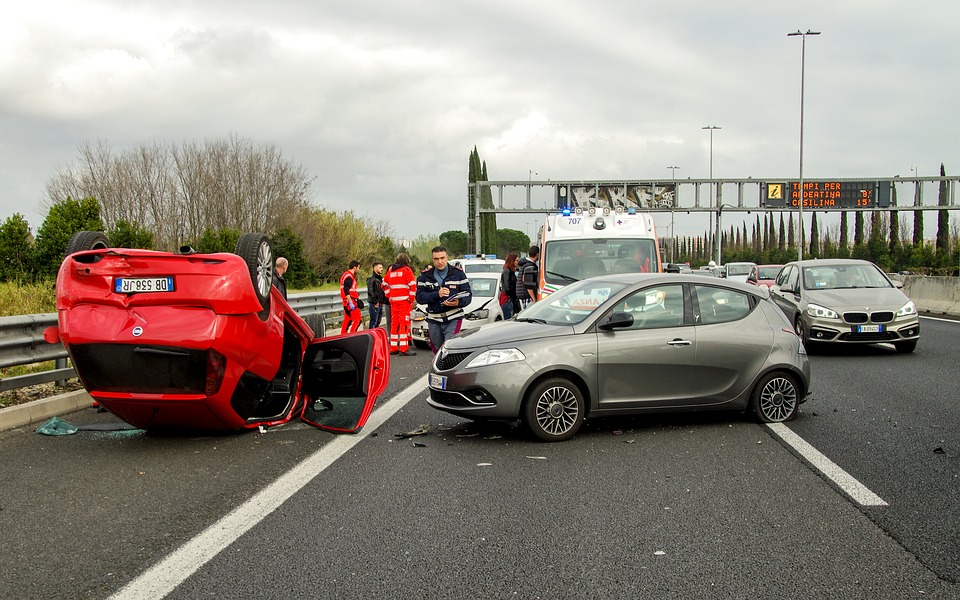Every year, there are more than 135 million road accidents. The causes are varied. However, most bodily injury accidents are due to driving under the influence of alcohol, speeding, and the use of a telephone while driving. Nearly 70% of these accidents are fatal, so it is essential to have the right reflexes to help the victims if you witness them.
Reflex N°1: Assist the Victims
You must have the right reflexes to help a road accident victim. The first steps to take are those that will prevent the accident from getting worse and save lives:
-Park 100 to 150 meters after the accident to avoid creating an additional accident risk and to avoid hindering the passage of the emergency services;
-Turn off the ignition of the accident vehicle and put on the hand brake;
– If possible, use your vehicle’s hazard lights;
-Get the able-bodied or slightly injured occupants out of the vehicle and take them to safety;
-Mark out the accident site in both directions and place people on each side of the road, making signs;
-Light the vehicles if the accident is at night.
-If the victim is trapped in a car, avoid moving him or trying to get him out;
-For a person who has been hit, do not leave them exposed to the cold or the weather.
Reflex N°2: Apply First Aid
During an accident, every minute is vital for the victim’s survival. Here are the 4 first aid steps:
-Check the victim’s state of consciousness, asking questions and giving simple commands to carry out. If they do not respond, you can conclude that they have indeed lost consciousness.
-Check the victim’s breathing if they are unconscious. To do this, open the airway by tilting the head back and opening the mouth;
-Place the victim in the lateral safety position. If the victim is unconscious and not breathing, this position is used to ensure the proper circulation of air in the lungs;
-If the victim is unconscious and not breathing despite the first 3 tips, perform chest compressions and insufflations while waiting for help.
-Perform 30 chest compressions and 2 breaths in a row to try to resuscitate the victim.
Reflex #3: Call for help
Call for help. The alert will allow the first-aid workers and other intervening parties (breakdown and towing services, etc.).
Here is the information to give to emergency workers:
- Identify yourself and provide your phone number
- Explain where you are and how to get to the scene of the accident;
- Explain the nature and circumstances of the accident;
- State the number and apparent condition of the victims;
- State the number of people or vehicles involved.
- State their condition and the first aid treatment given.
- Indicate if there is a risk of fire, explosion, or collision with other vehicles.
While waiting for help to arrive, it is crucial to assist the injured without worsening their condition:
- Talk to them to reassure them and keep them awake;
- Cover them up;
- If the injured person is bleeding heavily, try to stop the bleeding by compressing the wound with a large bandage;
- If the injured person is not breathing, loosen their clothing.




